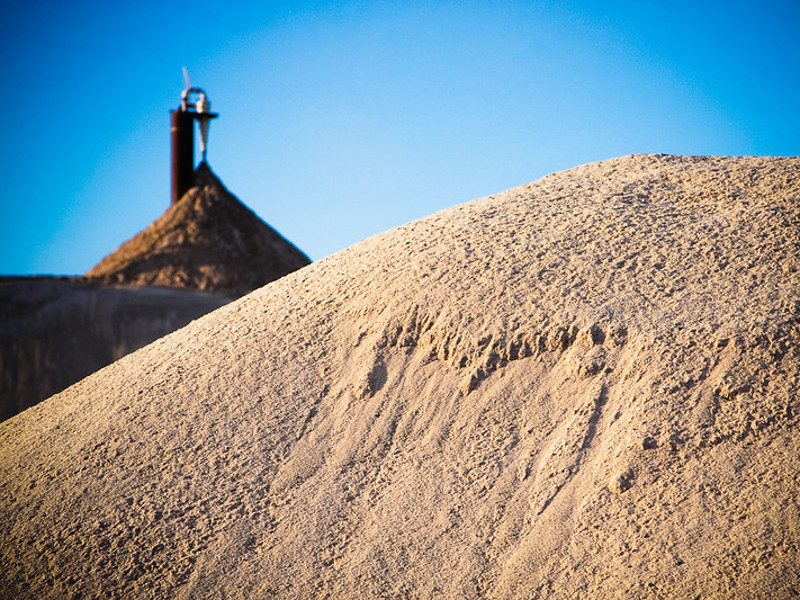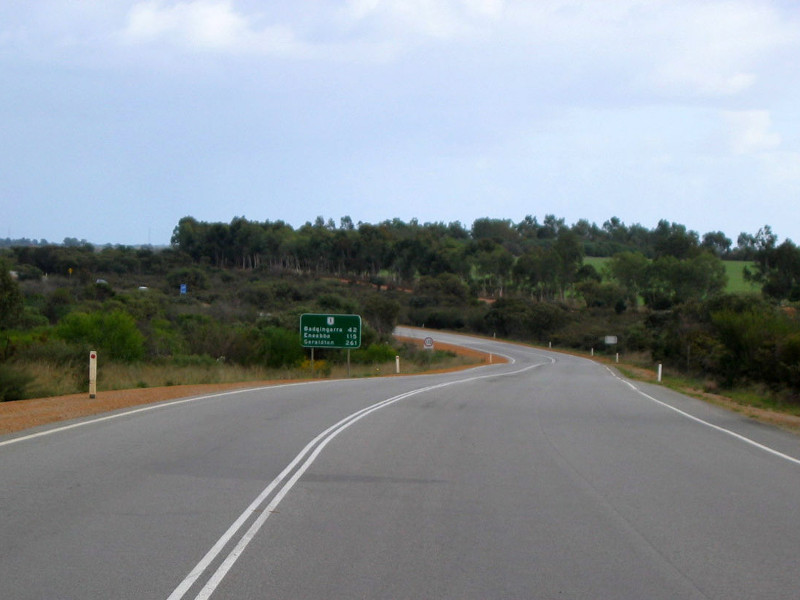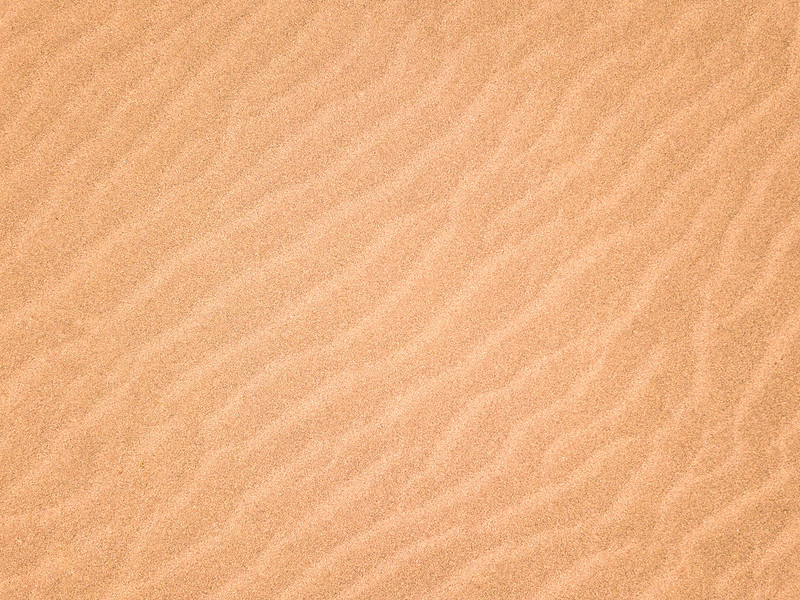Muchea silica sands project is a high-grade silica sand deposit planned to be developed by VRX Silica, approximately 50km north of Perth, Australia. The project comprises two mining tenements spread over a total area of 93km².
A bankable feasibility study (BFS) for the Muchea silica sands project was completed in October 2019, which predicted approximately 48.3Mt of silicon dioxide (SiO2) production during the initial 25 years of mine life, with an estimated capital investment of £25.5m ($32.8m).
The potential mine life of the silica sands project is estimated to be more than 100 years.
Location, geology, and mineralisation
The Muchea silica sand asset is located in the coastal area of central Perth Basin, between the regional towns of Muchea and Gingin, in Western Australia. The site lies 25km inland of the coast, adjacent to the Brand Highway and the Moora-Kwinana Railway that provided direct rail connection to the Kwinana Bulk Terminal.
Project Gallery
-

The Muchea project is expected to produce up to 2Mt of silica sands a year. Image courtesy of pixeIhouse.
-

The Muchea silica sands project can be accessed from the Brand Highway in Perth. Image courtesy of User:Orderinchaos.
-

The Muchea project is estimated to hold 18.7Mt of probable silica sands reserves. Image courtesy of Marco Verch.
The silica sand mineralisation at Muchea is hosted within the elevated Bassendean sand dunes that extend over large areas of the Swan coastal plains of the Perth Basin, over the eastern edge of the Gnangara Mound.
The Bassendean sand formation is underlain by a discontinuous layer of hard ferruginous material called ‘coffee rock’ that measures up to 15m-thick.
The white silica sands resources extend up to 15m-deep below this layer.
Muchea silica sands reserves
The Muchea project is estimated to hold 18.7 million tonnes (Mt) of probable ore reserves grading 99.9% SiO2, while the inferred mineral resources are estimated to be 61.4Mt containing 99.6% SiO2.
VRX Silica plans to mine from the probable ore reserve in the initial ten years of project operation, while a portion of the inferred mineral resources is planned to be converted into probable reserve category for extraction in the remaining mine life.
Mining and processing for the Muchea silica sands project
A flexible and sequential mining and soil rehabilitation method will be employed for the Muchea silica sands project.
Open-pit mining will be performed with the help of rubber-wheeled front-end loader (FEL) in 150mx150m blocks, to extract silica sands up to 15m below the topsoil. The mine plan involves up to eight such blocks a year.
The topsoil along with the vegetation on the surface will be excavated by a modified FEL and trans-located to the previously mined area for soil and vegetation rehabilitation.
The silica sand mined from each block will be transferred via a conventional FEL to a mobile feeder positioned at the mine face, where it is screened and conveyed to a rotating trommel.
Oversize and organic materials will be removed by the water washed 3mm trommel screen. The silica sand will be slurried and pumped to an off-site processing plant located near the railway line connecting the Kwinana Terminal, for beneficiation and production of saleable silica sand products.
The silica sand products will be exported in bulks from the Kwinawa Terminal.
Production
The Muchea project is expected to produce one million tonne per annum (Mtpa) of silica sands in the first two years of operations, which will be ramped up to 2Mtpa in the subsequent years.
Infrastructure facilities
The Muchea silica sands project site is accessed through the sealed Timaru Road connecting the Brand Highway.
The project is estimated to require a total of 8MW electricity, including 4MW for the processing plant and an additional 4MW for the feeder and pump stations.
The project site is located adjacent to a high tension grid network to which it can be connected through new overhead transmission lines. VRX Silica is also contemplating an onsite gas-fired power generation facility based on gas supply from the nearby Dongara and Dampier gas pipelines.
The water required for the project will be supplied from a bore sunk to the Yarragadee deep aquifer, through a pipeline connecting the storage dam at the processing plant site.
Contractors involved
CSA Global reviewed the metallurgical test works and provided the mineral resource estimate (MRE) for the Muchea silica sands project.
